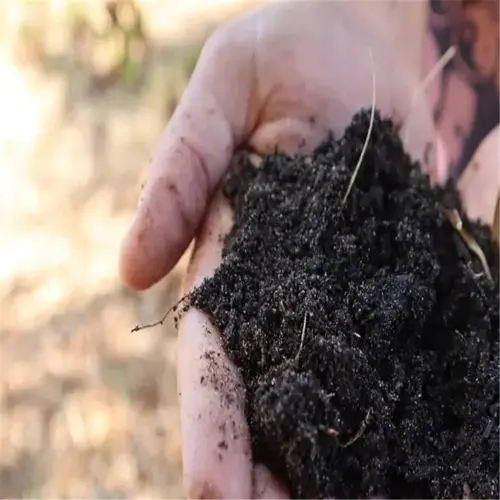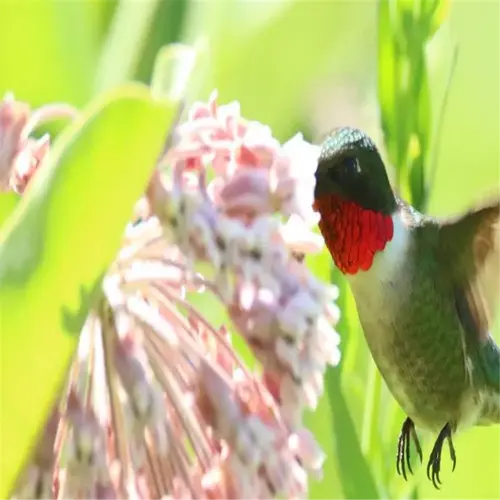What attracts aphids to plants?

Written by
Paul Reynolds
Reviewed by
Prof. Samuel Fitzgerald, Ph.D.Aphids converge onto plants, producing specific signals. They are attracted to new growth, where there is a predominance of sap. Plants that have been over-fertilized with nitrogen form an ideal buffet for aphids and I often see the worst infestations in my zucchini patch after applying fish emulsion. Aphids can also infest stressed plants, whether from overwatering or lack of airflow, which can contribute to ideal infestations.
Plant Conditions
- Excessive nitrogen from fertilizers
- Overwatering causing root stress
- Soft new leaves/stems
- Damaged or pruned tissue
Environmental Factors
- Dense foliage blocking airflow
- Humidity above 70%
- Temperatures 65-80°F (18-27°C)
- Proximity to infected plants
Adjust the frequency of care routines on a seasonal basis. I was able to reduce aphids by 80% by adding slow-release fertilizers and using drip irrigation. I prune thick foliage every week, knowing that tomatoes need at least 6-8 gaps per plant for airflow. Companion planting with garlic masks the smell of the plants and confuses the aphids in finding the plants.
Immediate Responses
- Apply soap spray within 24hr of detection
- Introduce ladybugs at dusk
- Remove severely infested leaves
- Install oscillating fans for airflow
Read the full article: Natural Aphid Control: 12 Safe Solutions for Plants

